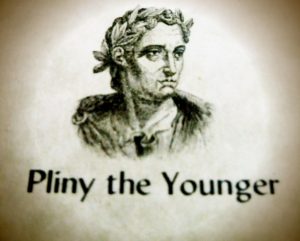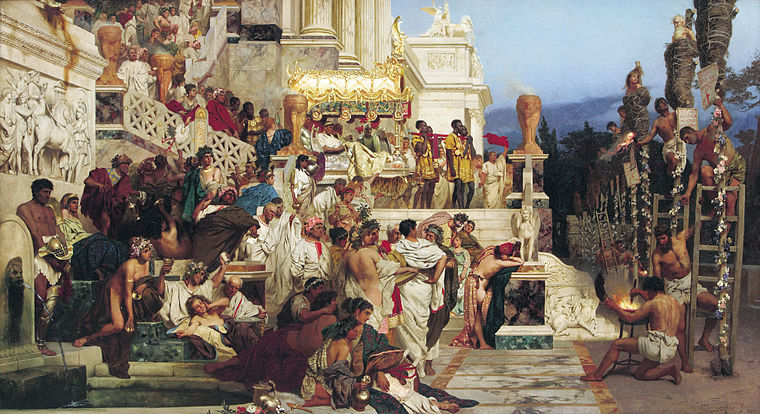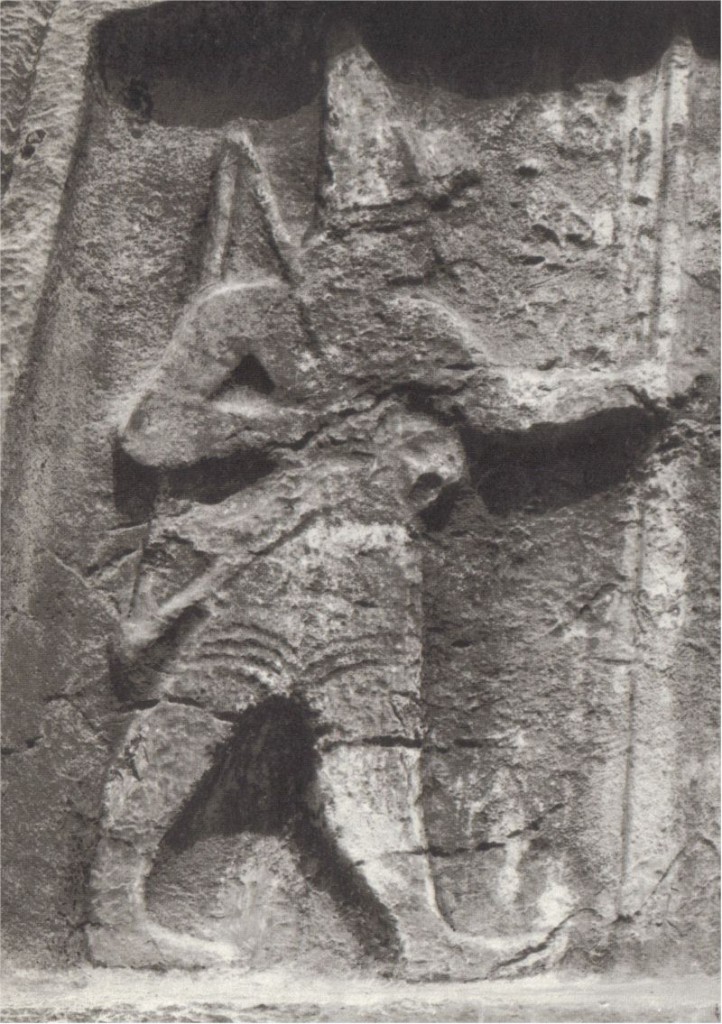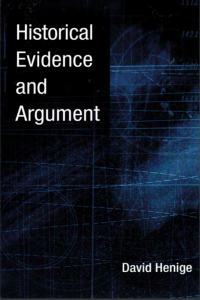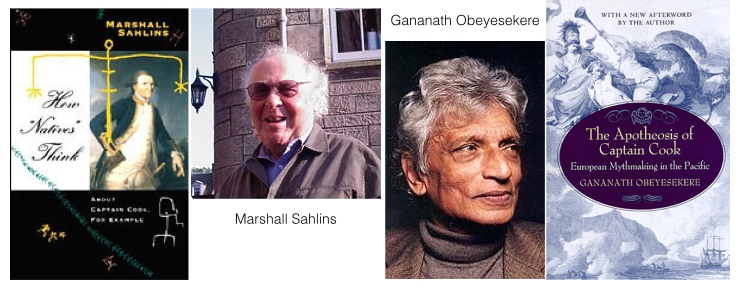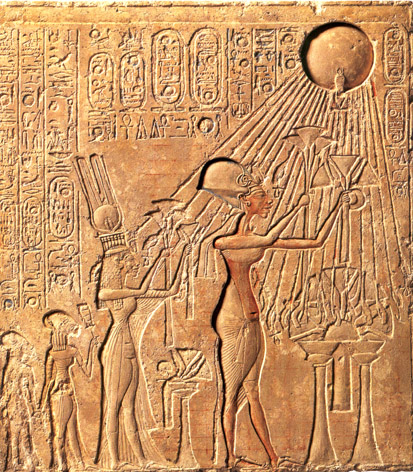 Let’s be sure we apply the same critical standard to the Gospels as we do to other ancient literature of the day. And let’s be sure we have a fair grasp of the wider Greco-Roman literature of the first and second centuries so we can improve our chances of making informed interpretations of the Gospels. And let’s do away with these apologetic arguments that the colorful and minute details in gospel narratives are sure signs of eyewitness testimony and therefore of historical reliability!
Let’s be sure we apply the same critical standard to the Gospels as we do to other ancient literature of the day. And let’s be sure we have a fair grasp of the wider Greco-Roman literature of the first and second centuries so we can improve our chances of making informed interpretations of the Gospels. And let’s do away with these apologetic arguments that the colorful and minute details in gospel narratives are sure signs of eyewitness testimony and therefore of historical reliability!
Professor Rhiannon Ash is the author of one of the many gems in the newly published Writing Biography in Greece and Rome: Narrative Technique and Fictionalization, edited by Koen De Temmerman and Kristoffel Demoen. Her chapter, “Never say die! Assassinating emperors in Suetonius’ Lives of the Caesars“, examines the range of techniques the Roman biographer Suetonius employed to add verisimilitude to create “the illusion of historical accuracy.”
Suetonius in the early second century wrote biographies of a dozen Roman emperors. Sometimes he would narrate details that apparently occurred behind closed doors (and that would consequently be unknown to anybody else), sometimes he wrote about a person’s private dreams foretelling the future, often he included supernatural prodigies and sensational personal details worthy of any tabloid press today. But at the same time he did want to be taken seriously and impress readers with the diligence of his research. Thus. . . .
he generally takes some trouble to deploy devices which invest each account with verisimilitude and contribute significantly to our sense of his own auctoritas as a researcher. (p. 205)
Accordingly Suetonius rarely passed up “a chance to enhance the credibility of his account” by means of:
- “the weighty presence of numbers, times and dates“:
- more than sixty men conspire against Caesar
- three slaves carry Caesar’s body
- two men initiate the conspiracy against Caligula
- there were twenty-three, thirty, and seven wounds administered to three targets of assassination
- Caesar sets out almost at the end of the fifth hour
- Caesar made his will on 13th September 45 BCE
- Caligula is undecided about adjourning for lunch on 24 January just before midday
- Caligula left the games at midday
- Domitian has a premonition of the last year, day and hour of his life
- lightning strikes occur eight successive months
- Domitian jumped from bed at midnight on the night before his assassination
- conspirators falsely tell Domitian the time is the sixth hour when it was really the fifth — to lull him into a false sense of security
- Caligula ruled for three years, ten months and eight days
- Domitian was murdered in his forty-fifth year and fifteenth year of his office
Continue reading “Signs of Fiction in Ancient Biographies — & the Gospels”

